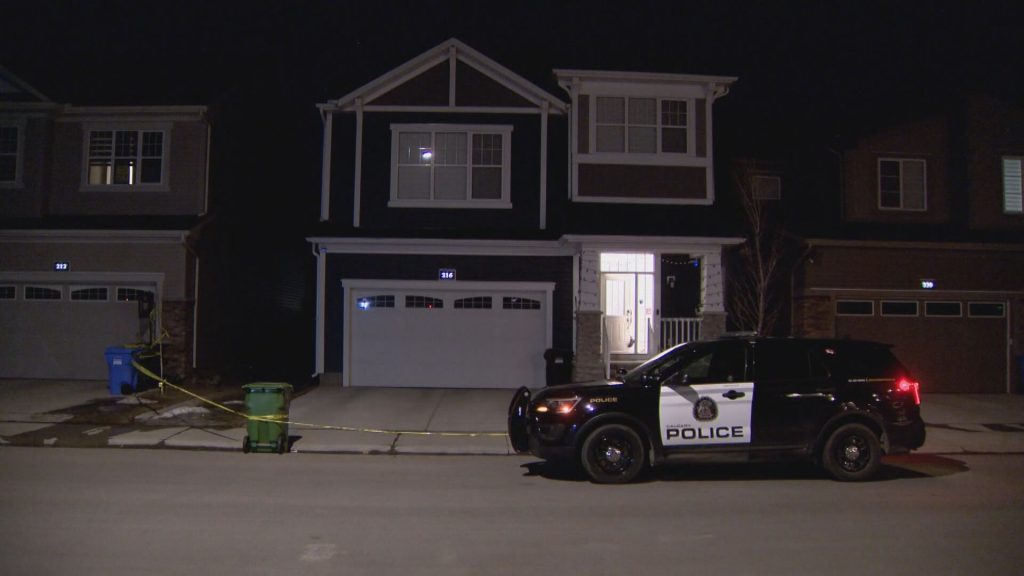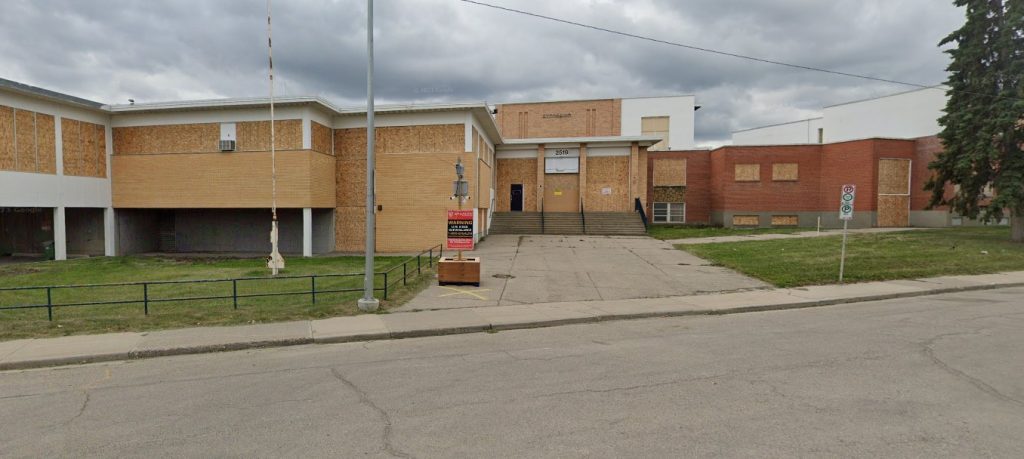EMS workers at ‘breaking point’ from daily red alerts, HSAA says
Posted Oct 15, 2020 6:36 pm.
CALGARY (660 NEWS) — Red alerts, meaning no ambulances are able to answer calls, are being issued daily around Alberta and causing more stress for EMS workers, according to the Health Sciences Association of Alberta (HSAA).
“From the membership that I hear in the Edmonton area, in the Calgary area, in the suburban rural areas is that we are on a code red daily somewhere in this province all the time,” Mike Parker, President of HSAA, said.
Red alert situations can last for a few seconds or minutes depending on when resources become free.
Parker explained when a code red ends that only means one or two ambulances are available to answer the next call.
“These folks are [dropping off a patient] at the hospital, they barely have their truck back in order and they are being dispatched to another high priority call,” Parker said.
He added the system is on “edge” because a single ambulance might be parked in downtown Calgary and need to respond to a critical incident in the Cochrane area.
“What we see today, and what we’ve seen historically in EMS, is the absolute grinding of the workforce into the ground and running them in a breaking point scenario relentlessly,” he said.
According to Alberta Health Services (AHS), Calgary saw a decline in code reds year-over-year, falling by 26 per cent from 2018 to 2019.
In 2018, there were 917 red alerts issued, while in 2019 there were 681.
The average time for all alerts was two minutes.
“Code Reds and Red Alerts do not mean AHS EMS is unable to respond to emergencies to provide patient care,” AHS said in a statement.
“AHS EMS always responds to emergencies to provide patient care by repositioning units from other areas, deferring non-urgent transfers, deploying supervisors, and using single paramedic response units to provide care. Off-duty staff can also be called in if the need arises.”
“AHS EMS has also added additional resources such as Community Paramedics to reduce the need to transport to hospital, and non-ambulance transfer vehicles to utilize the appropriate resource and help keep more ambulances free to respond to emergencies.”
AHS added it is working with its partners to reduce the amount of time EMS crews spend waiting with patients to get crews back on the street more quickly.








